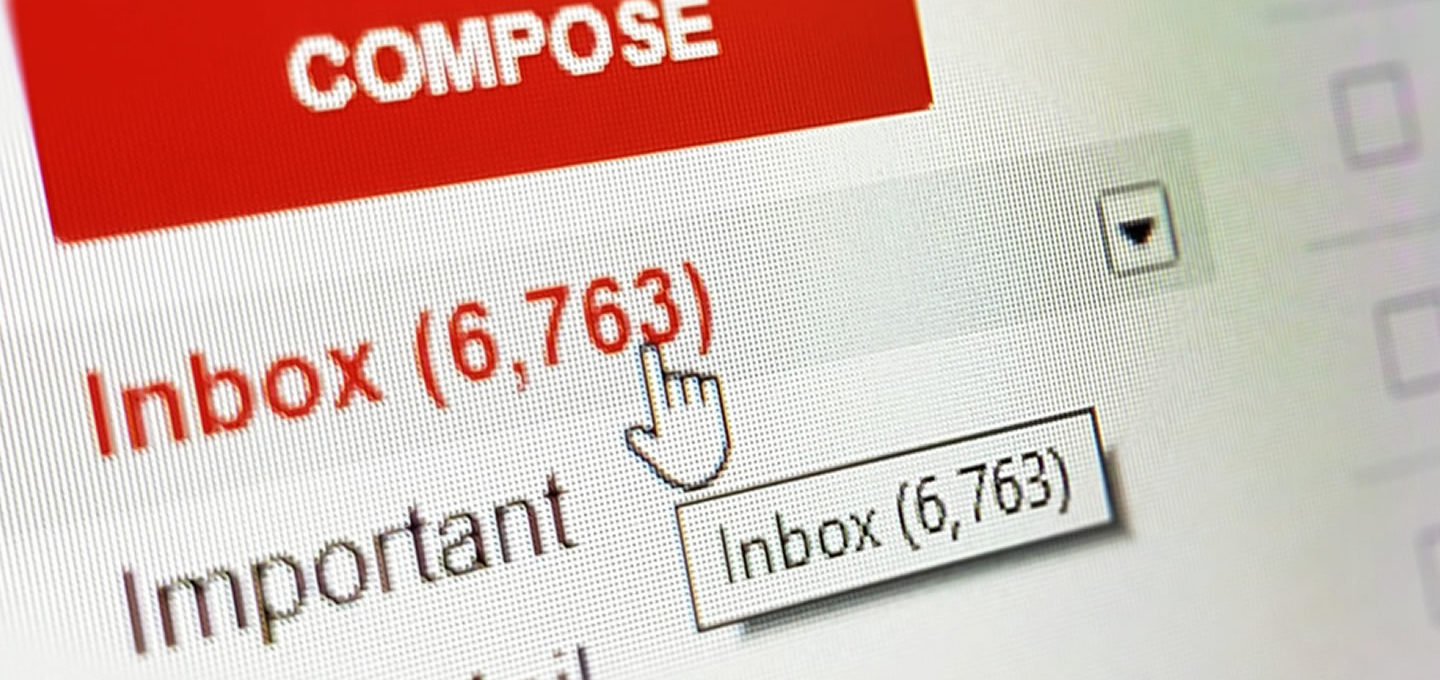Cold emailing is hard. You don’t already have a relationship with the audience and you don’t have the opportunity to read non-verbal cues to adapt your approach in real-time, and so most cold emailing outreach fails. However, cold emails can work well, and with a few tips and a little research your cold outreach could be finding a much warmer response.
So what do you need to remember when cold emailing prospects?
1. Personalisation – tailor that email
This is more than just finding out the right person’s name at the company – this means serious research to find out about their needs and whether your product or service solves a problem they actually have.
As a journalist I see thousands of cold emails every year, and the vast majority have done almost no research. They have my name and email address, they will Google me or a publication I write for, and they will mention that first result in the opening to an email about something I have almost no interest in. You need to be better than this.
You need to have really looked into this person’s wants and needs and developed a theory of mind so that you can understand them. Once you’ve got this far you will know whether they will like what you’re selling and you should not be afraid to move on of they won’t. Really targeted outreach works because both sides want the same thing and a relationship can develop from there – make sure your outcomes align before you even start writing that message.
2. Validation – find a connection
You need to make clear who you are at the outset and why your potential lead should be interested.
You need to remember that when they receive your message they have no idea who you are – you’re a stranger to them and have invaded their inbox without warning. You need to convince them as soon as possible that you are real, credible, and can help them with a real problem that they have. And you need to do this within the first four sentences.
If you have any connection to them at all – sharing a friend or colleague is great for introductions, but beyond this maybe you went to the same university or have previously worked at the same organisation. You need to find a connection to them and quickly so that they move you from “stranger danger” to “possible acquaintance”, leaving the door ajar for you to warm the relationship further.
3. Explain how you can solve their problem
If you want a business relationship with their person then you will need to explain to them why you understand the problem they are facing and why you have the best way to fix it. Your research should have provided you with a good insight into this person’s role at their company and what sort of problems they might face. Further research, possibly checking their Twitter or LinkedIn accounts might provide for further research into what specific issues are annoying them right now.
If you can solve this problem for them then you are no longer just a stranger, but a person that can do them a favour – someone who they want to have a relationship with. This is where the dynamic changes from a one-way street to a possible partnership.
3(b) What if you can’t solve their problem?
If you can’t solve their problem, are you sure this is a good person for you to be cold emailing? If you are sure you still want to get in touch with them then make it clear that you know they would be doing you a favour by agreeing to a coffee or Zoom chat, and offer them something in return for their time. Maybe you have a contact that might be able to help them? Or maybe you are happy to donate £50 to a charity of their choice upfront. Gifts can be awkward, but they can help you show you’re serious.
4. Keep it short, simple, and actionable
Short emails are more likely to be read than long ones, and short paragraphs are easier to read and digest than dozens of dense lines. Don’t waste the recipient’s time by rambling just keep it short, polite, and to the point. And make sure there aren’t any grammatical errors – send it to someone to edit and check first if you can.
Once you feel you have persuaded them that a call or meet up would be a good plan, then make sure to make such a plan actionable. Don’t be wishy-washy and ask them “if” they want to meet up at some point in the future. Instead, make clear you think they want to meet you and say when and where that could happen whilst being flexible at the same time – “It would be great to meet up for a chat. I’ll be at the Coffee Lab in Shoreditch between midday and 3pm on Thursday (20th May). Or if another time would better suit you let me know”.
If they want to meet you, all they have to do is look at their diary and say, “Great, see you there at 1pm” and you’re set. Make the action you want to happen the easiest it can be and you give yourself the best chance of getting what you’re after.

